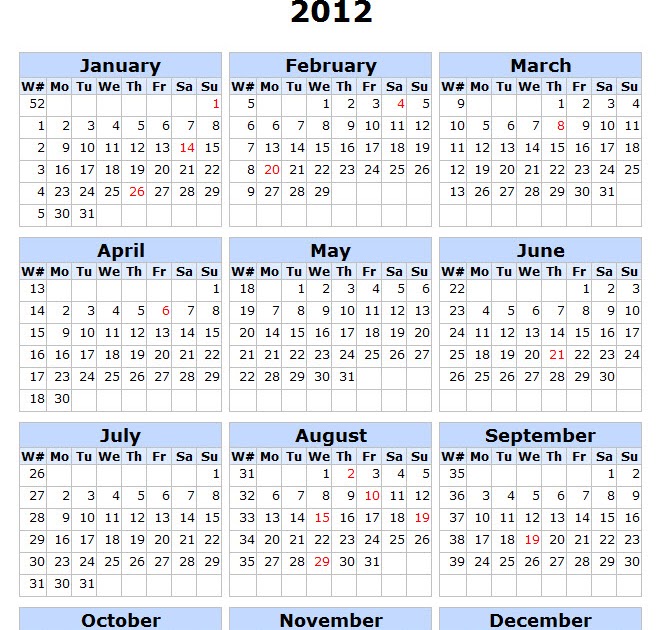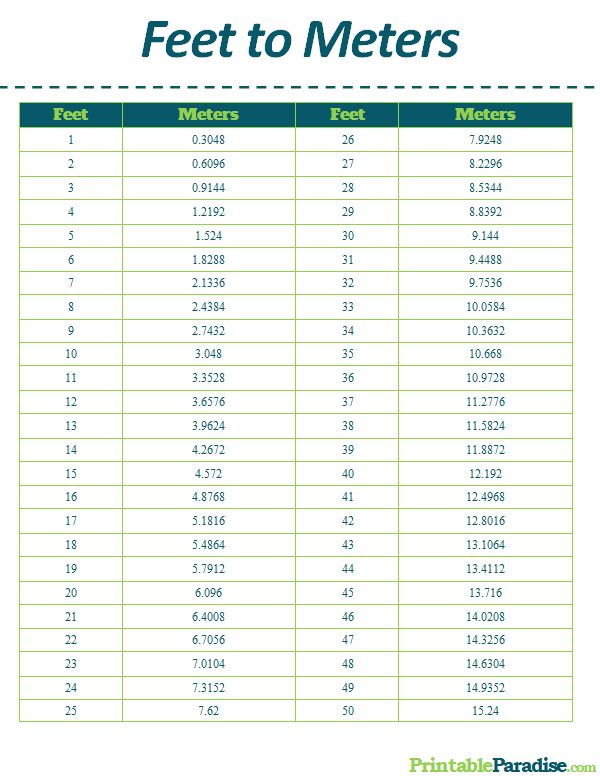10+ Secrets To Carbon Dating Reliability

The concept of carbon dating has been a cornerstone of archaeological and geological research for decades, providing a method to determine the age of organic materials that are up to around 50,000 years old. However, like any scientific technique, carbon dating is not without its limitations and potential sources of error. Understanding these challenges is crucial for interpreting the results of carbon dating and for recognizing its reliability in various contexts.
1. Understanding the Basics of Carbon Dating
Carbon dating, also known as radiocarbon dating, measures the amount of carbon-14 (¹⁴C), an isotope of carbon, in a sample. All living things absorb a mix of carbon-12 (¹²C) and ¹⁴C from the atmosphere and food chain. While ¹²C is stable, ¹⁴C decays at a steady rate, with a half-life of approximately 5,730 years. By comparing the amount of ¹⁴C in a sample to the amount in the atmosphere, scientists can estimate how long ago the organism died.
2. Limitations Due to the Half-Life of ¹⁴C
Given the half-life of ¹⁴C, the technique is not applicable for samples older than about 50,000 years. Beyond this age, the amount of ¹⁴C becomes too small to be reliably distinguished from contamination or background radiation. This limitation makes other dating methods necessary for older specimens.
3. Calibration and Variability in ¹⁴C Levels
The concentration of ¹⁴C in the atmosphere is not constant and has varied over time due to changes in the Earth’s magnetic field, variations in solar activity, and human activities like nuclear testing. To address this, calibration curves, such as the IntCal20 curve, have been developed to adjust for these fluctuations, making the results more accurate.
4. Contamination Risks
Contamination with modern carbon can significantly alter the results of carbon dating. This can occur at any stage, from the collection of the sample to its processing in the laboratory. Even tiny amounts of modern carbon can skew the results, making the sample appear younger than it actually is. Preventing and identifying such contamination is a major challenge.
5. Sample Quality and Size
The quality and size of the sample are critical for accurate dating. Larger samples provide more reliable results because they are less susceptible to contamination and statistical fluctuations. However, finding sufficient organic material, especially from older sites, can be challenging.
6. Comparing with Other Dating Methods
For increased reliability, carbon dating is often used in conjunction with other dating techniques, such as potassium-argon dating, uranium-lead dating, or dendrochronology (tree-ring dating). These methods can provide independent confirmation of the age of a specimen or site, improving the confidence in the results.
7. Understanding Local Variations
¹⁴C levels can vary regionally due to factors like ocean currents, which can carry old, ¹⁴C-depleted carbon from deep waters to the surface, affecting local marine life. This marine reservoir effect must be accounted for when dating samples from aquatic environments.
8. Statistical Errors and Margins of Uncertainty
All carbon dating results come with a margin of error, expressed as a range of years. This range reflects the statistical uncertainty of the measurement and should be considered when interpreting the age of a sample. The narrower the range, the more precise the result.
9. Ethical Considerations and Legal Implications
In some cases, carbon dating can have significant ethical or legal implications, particularly in the context of cultural artifacts or human remains. Ensuring that such work is carried out with appropriate permissions and respect for indigenous cultures or descendants is essential.
10. Continuous Advancements and Refinements
The field of carbon dating is continually evolving, with advancements in technology and methodology leading to more accurate and precise results. Techniques such as accelerator mass spectrometry (AMS) have significantly improved the sensitivity and reduced the sample size needed for dating, expanding the possibilities for archaeological and geological research.
11. Addressing Criticisms and Misconceptions
Despite its reliability, carbon dating has faced criticisms and misconceptions, often stemming from misunderstandings about its limitations or from misinterpretations of data. It is essential for scientists and educators to address these criticisms transparently and to provide clear, accessible explanations of the technique’s principles and limitations.
Conclusion
Carbon dating is a powerful tool in the field of archaeology and geology, offering insights into the past that would be impossible to obtain through other means. While it has its limitations and potential pitfalls, understanding these factors can help in interpreting the results with greater accuracy. As our knowledge and technology evolve, the reliability and applicability of carbon dating will continue to improve, providing deeper insights into the history of our world.
What is the primary limitation of carbon dating?
+The primary limitation of carbon dating is that it can only be used to date organic materials that are up to around 50,000 years old, due to the half-life of carbon-14.
How does contamination affect carbon dating results?
+Contamination with modern carbon can make a sample appear younger than it actually is, significantly altering the results of carbon dating. Preventing and identifying such contamination is crucial for accurate dating.
Why is calibration necessary in carbon dating?
+Calibration is necessary because the concentration of carbon-14 in the atmosphere has varied over time. Calibration curves, such as the IntCal20 curve, are used to adjust for these fluctuations and make the results more accurate.
What are some methods used in conjunction with carbon dating for increased reliability?
+Other dating techniques, such as potassium-argon dating, uranium-lead dating, or dendrochronology, can be used in conjunction with carbon dating to provide independent confirmation of the age of a specimen or site.
How do regional variations in carbon-14 levels affect dating?
+Regional variations, such as the marine reservoir effect, can affect the accuracy of carbon dating. These variations must be accounted for, especially when dating samples from aquatic environments.
What is the importance of understanding the statistical errors and margins of uncertainty in carbon dating results?
+Understanding the statistical errors and margins of uncertainty is crucial for interpreting the age of a sample correctly. The margin of error reflects the statistical uncertainty of the measurement and should be considered when drawing conclusions.



